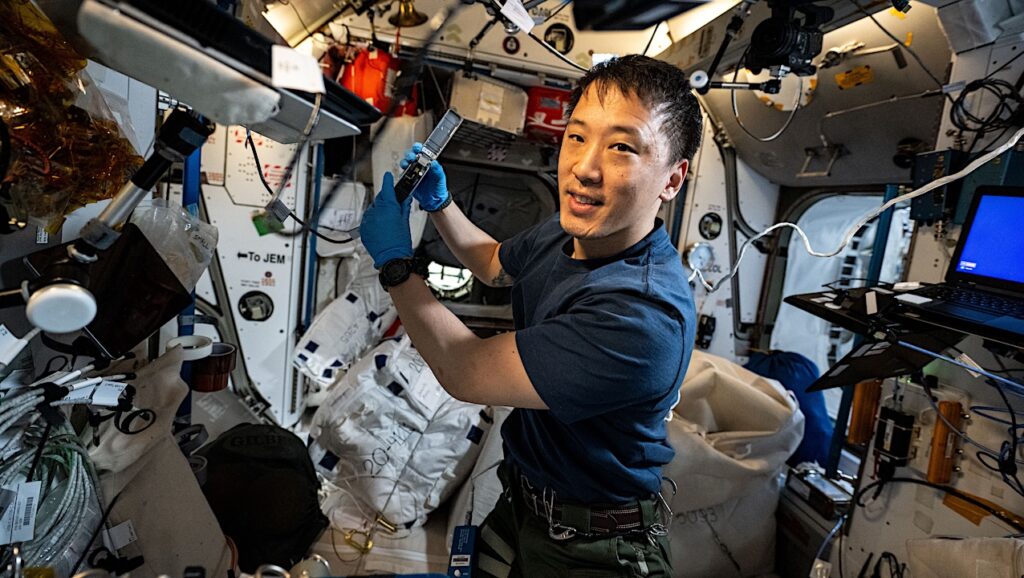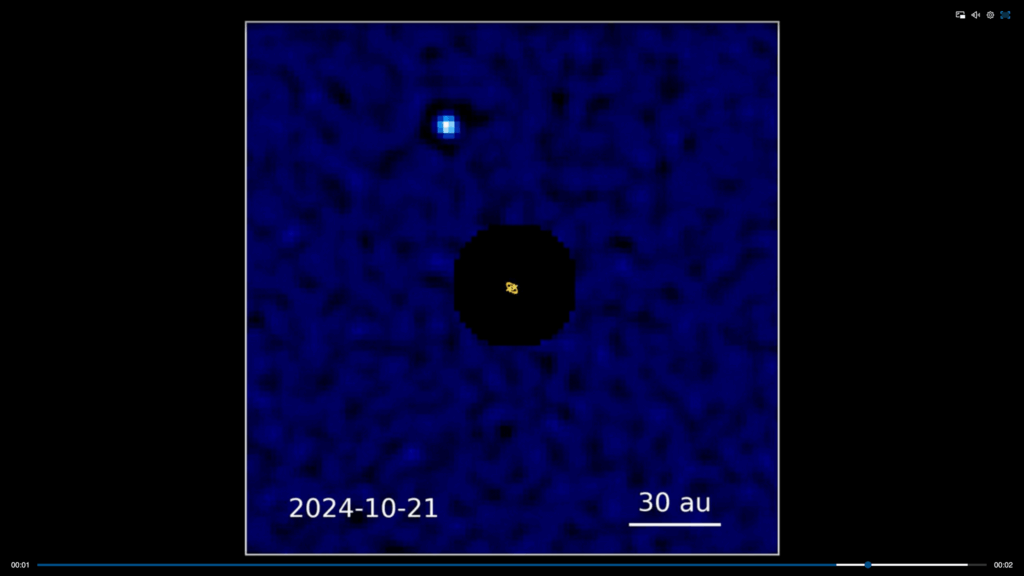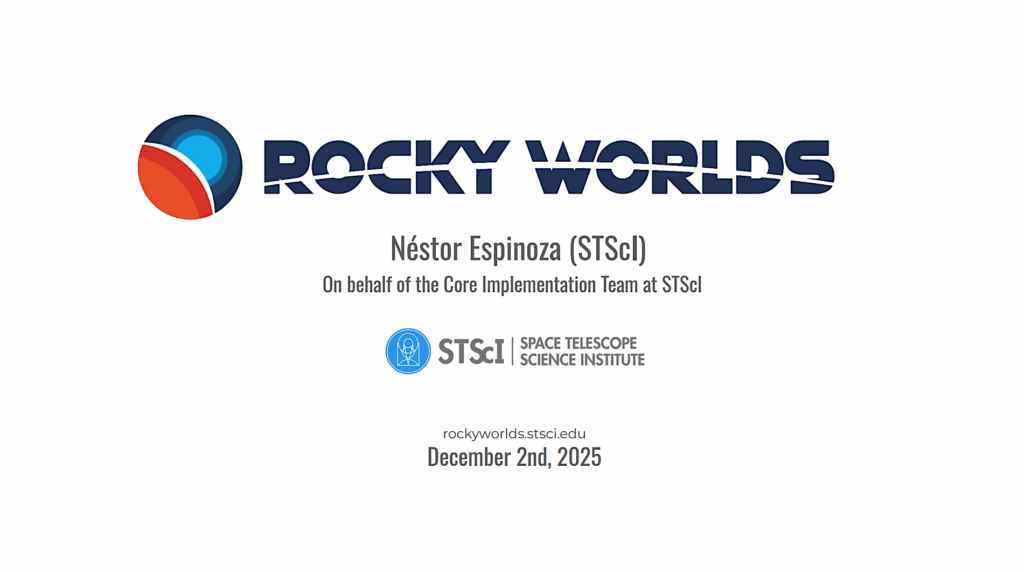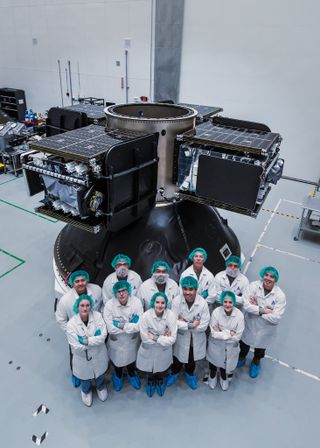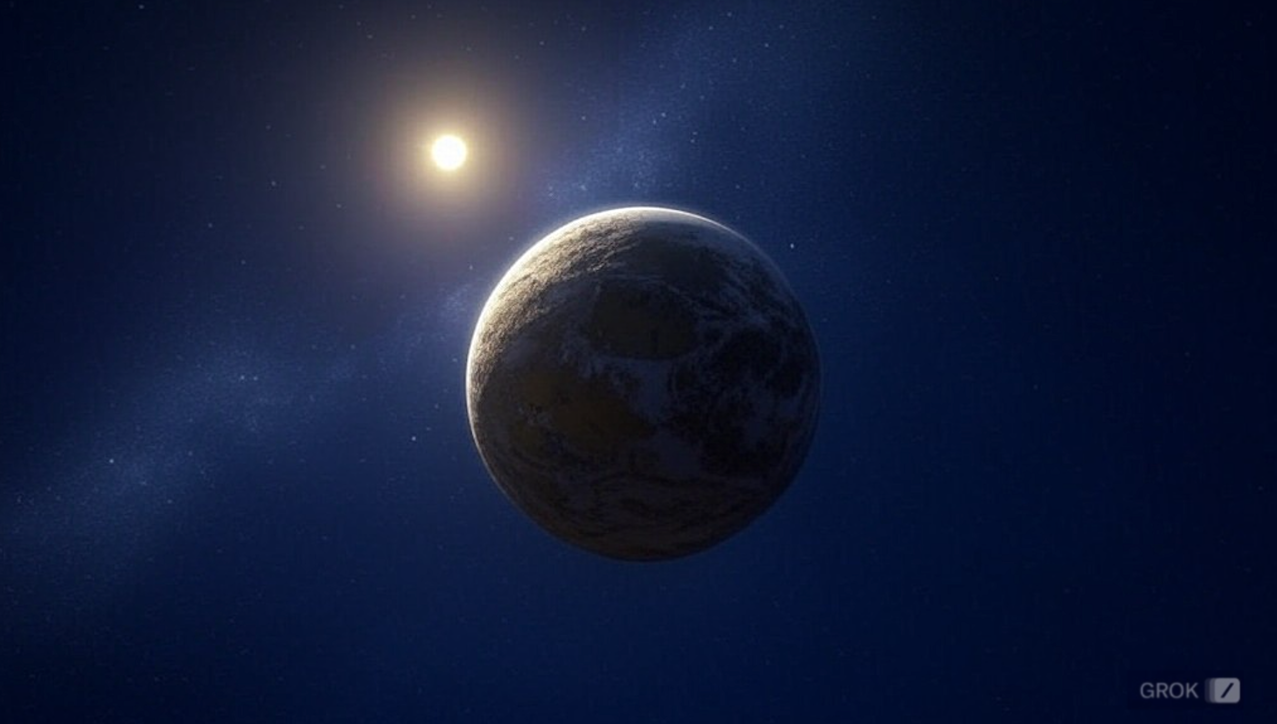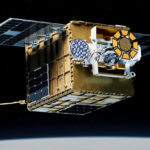Now Reading: Interior and Gravity Field Models for Uranus Suggest Mixed-composition Interior: Implications for the Uranus Orbiter and Probe
-
01
Interior and Gravity Field Models for Uranus Suggest Mixed-composition Interior: Implications for the Uranus Orbiter and Probe
Interior and Gravity Field Models for Uranus Suggest Mixed-composition Interior: Implications for the Uranus Orbiter and Probe
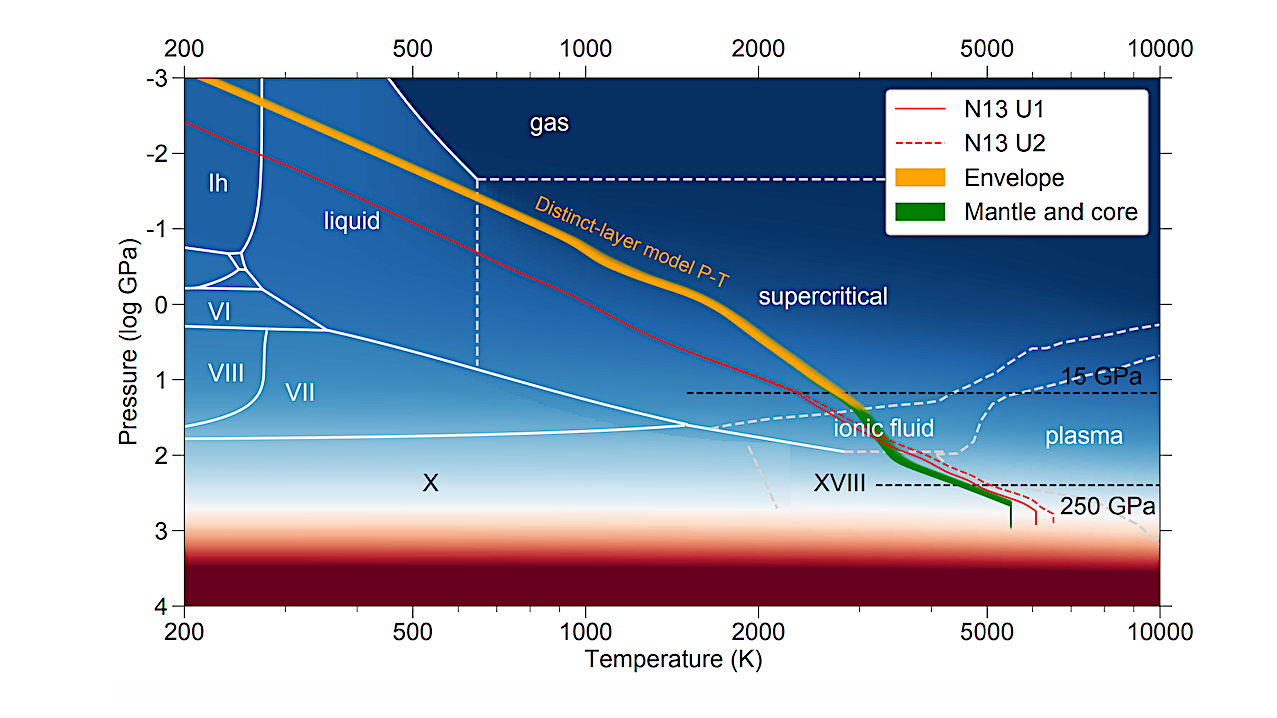

Uranus P-T profiles plotted over H2O phase diagram. The shaded region show adiabatic P-T profiles of distinct-layer structure models, assuming mixed H2O-H/He composition, in the (orange) envelope and (green) mantle and core. The red solid and red dashed lines show two Uranus P-T models from Nettelmann et al. (2013). White lines are H2O phase boundaries (Wagner & Pruß 2002; Dunaeva et al. 2010). Background color represents H2O density (Haldemann et al. 2020). Water phases are annotated. The region at which magnetic dynamo in Uranus is generated (15–250 GPa), according to the convective thin shell geometry (Stanley & Bloxham 2004, 2006), is demarcated with black dashed lines. P-T profiles of distinct-layer Uranus models traverse superionic ice XVIII (Millot et al. 2019), ionic fluid, and supercritical phases, which have implications for magnetic field generation (see Section 4.2) and interactions between the H/He envelope and the ice layer (see Section 4.3). — astro-ph.EP
The interior composition and structure of Uranus are ambiguous. It is unclear whether Uranus is composed of fully differentiated layers dominated by an icy mantle or has smooth compositional gradients.
The Uranus Orbiter and Probe (UOP), the next NASA Flagship mission prioritized by the Planetary Science and Astrobiology Survey 2023-2032, will constrain the planet’s interior by measuring its gravity and magnetic fields. To characterize the Uranian interior, here we present CORGI, a newly developed planetary interior and gravity model.
We confirm that high degrees of mixing are required for Uranus interior models to be consistent with the J2 and J4 gravity harmonics measured by Voyager 2. Empirical models, which have smooth density profiles that require extensive mixing, can reproduce the Voyager 2 measurements.
Distinct-layer models with mantles composed of H2O-H/He or H2O-CH4-NH3 mixtures are consistent with the Voyager 2 measurements if the heavy element mass fraction, Z, in the mantle ≲85%, or if atmospheric Z ≳25%. Our gravity harmonics model shows that UOP J2 and J4 measurements can distinguish between high (Z≥25%) and low (Z=12.5%) atmospheric metallicity scenarios.
The UOP can robustly constrain J6 and potentially J8 given polar orbits within rings. An ice-rich composition can naturally explain the source of Uranus’ magnetic field. However, because the physical properties of rock-ice mixtures are poorly known, magnetic field generation by a rock-rich composition cannot be ruled out.
Future experiments and simulations on realistic planetary building materials will be essential for refining Uranus interior models.
Comments: 27 pages, 10 figures, 1 table, accepted for publication in the Planetary Science Journal
Zifan Lin, Sara Seager, Benjamin P. Weiss
Subjects: Earth and Planetary Astrophysics (astro-ph.EP)
Cite as: arXiv:2412.06010 [astro-ph.EP](or arXiv:2412.06010v1 [astro-ph.EP] for this version)
https://doi.org/10.48550/arXiv.2412.06010
Focus to learn more
Submission history
From: Zifan Lin
[v1] Sun, 8 Dec 2024 18:00:42 UTC (11,648 KB)
https://arxiv.org/abs/2412.06010
Astrobiology,
Stay Informed With the Latest & Most Important News
Previous Post
Next Post
-
 012024 in Review: Highlights from NASA in Silicon Valley
012024 in Review: Highlights from NASA in Silicon Valley -
 02Panasonic Leica Summilux DG 15mm f/1.7 ASPH review
02Panasonic Leica Summilux DG 15mm f/1.7 ASPH review -
 03From Polymerization-Enabled Folding and Assembly to Chemical Evolution: Key Processes for Emergence of Functional Polymers in the Origin of Life
03From Polymerization-Enabled Folding and Assembly to Chemical Evolution: Key Processes for Emergence of Functional Polymers in the Origin of Life -
 04How New NASA, India Earth Satellite NISAR Will See Earth
04How New NASA, India Earth Satellite NISAR Will See Earth -
 05And Thus Begins A New Year For Life On Earth
05And Thus Begins A New Year For Life On Earth -
 06Astronomy Activation Ambassadors: A New Era
06Astronomy Activation Ambassadors: A New Era -
07SpaceX launch surge helps set new global launch record in 2024












